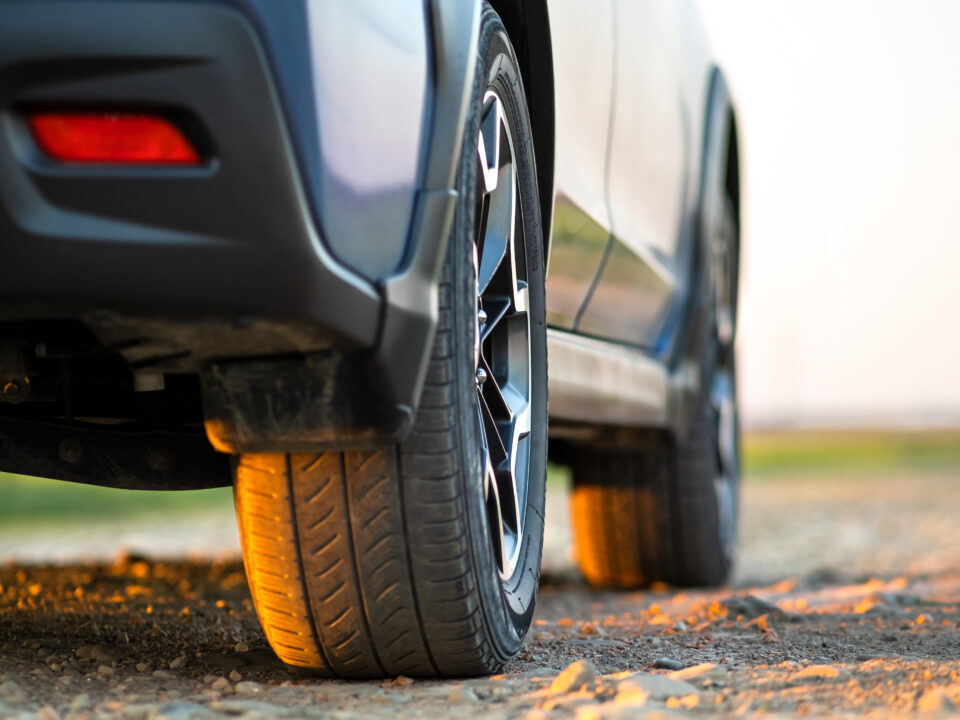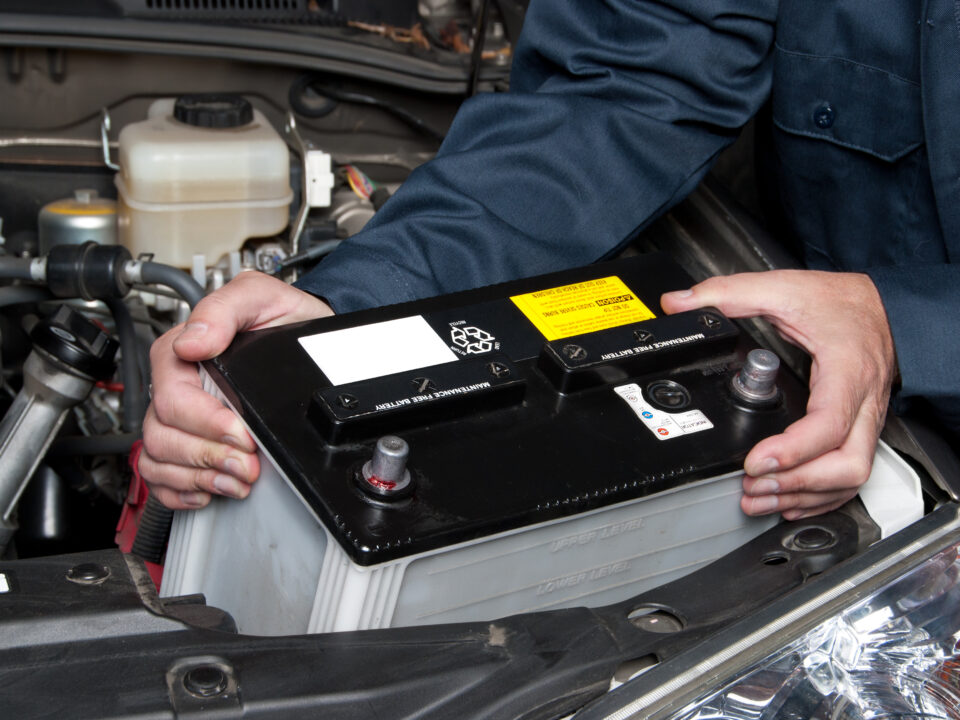- Mon - Fri: 7:30am - 5:30pm
- 613-836-6136
- stittsvilleauto@gmail.com
Don’t Freeze Up! Master Winter Braking Techniques for Slippery Roads

The Crucial Guide to Safe Braking in Icy Conditions!
December 29, 2023
Winter is Coming: A Comprehensive Guide to Safely Preparing Your Car for the Season
December 29, 2023Winter's arrival often transforms our surroundings into a snowy wonderland, but it also ushers in challenges for drivers navigating slippery roads. Among the many skills required for safe winter driving, mastering effective braking techniques is paramount. As roads become slick with ice and snow, understanding how to navigate these conditions can make all the difference between a smooth winter commute and potential accidents. In this comprehensive guide, we'll explore essential tips and techniques to master winter braking and ensure a safe journey on slippery roads.
**1. Stay Calm, Stay in Control:
One of the first things to remember when facing slippery roads is to stay calm. Panicking can lead to abrupt actions that may result in loss of control. Keep a steady grip on the steering wheel, and take a deep breath before applying your brakes.
**2. Practice Progressive Braking:
Progressive braking involves gradually increasing the pressure on the brake pedal to avoid sudden and jarring stops. This technique is especially effective in slippery conditions, where abrupt braking can lead to skidding. Apply gentle pressure and be patient as your vehicle slows down.
**3. Understand Threshold Braking:
Threshold braking is a valuable skill in winter conditions. It involves applying the brakes to the point just before wheel lockup. By hovering near this threshold, you maximize stopping power while maintaining the ability to steer, crucial for navigating slippery roads.
**4. Use Engine Braking:
Engine braking involves downshifting to slow down the vehicle instead of relying solely on the brakes. This technique is particularly useful on icy roads where sudden braking may lead to loss of traction. Practice downshifting to a lower gear to slow down gradually.
**5. Avoid Overcorrecting:
If your vehicle starts to skid, avoid overcorrecting by jerking the steering wheel. Instead, steer in the direction you want to go and gently apply the brakes. Overcorrecting can exacerbate the skid and make it harder to regain control.
**6. Invest in Winter Tires:
Winter tires are specially designed to provide better traction on snow and ice. Investing in a set of quality winter tires can significantly improve your vehicle's braking performance in slippery conditions. Ensure they are properly inflated and have adequate tread depth.
**7. Anticipate Turns and Stops:
Planning ahead is crucial on slippery roads. Anticipate turns and stops well in advance, giving yourself ample time to slow down gradually. Reducing speed before maneuvers helps prevent sudden, jarring stops that may lead to loss of control.
**8. Beware of Black Ice:
Black ice, a nearly invisible layer of ice on road surfaces, poses a significant hazard. Approach shaded areas, bridges, and overpasses with caution, as they are prone to black ice formation. Be alert, and adjust your braking and driving technique accordingly.
**9. Regularly Check Your Braking System:
Routine maintenance is essential, especially in winter. Ensure that your brake pads, rotors, and brake fluid are in good condition. A well-maintained braking system responds more effectively to the challenges of slippery roads.
**10. Stay Informed About Weather Conditions:
Before embarking on winter journeys, stay informed about weather conditions. Check forecasts and road condition reports, and plan your route accordingly. If conditions are severe, consider delaying your trip or finding an alternative, safer route.
In conclusion, mastering winter braking techniques for slippery roads is a vital skill for every driver. By staying calm, practicing progressive and threshold braking, and understanding the unique challenges of winter driving, you can navigate icy roads safely and confidently. With these techniques in your arsenal, you'll be better prepared to face the winter wonderland that awaits outside your door.




